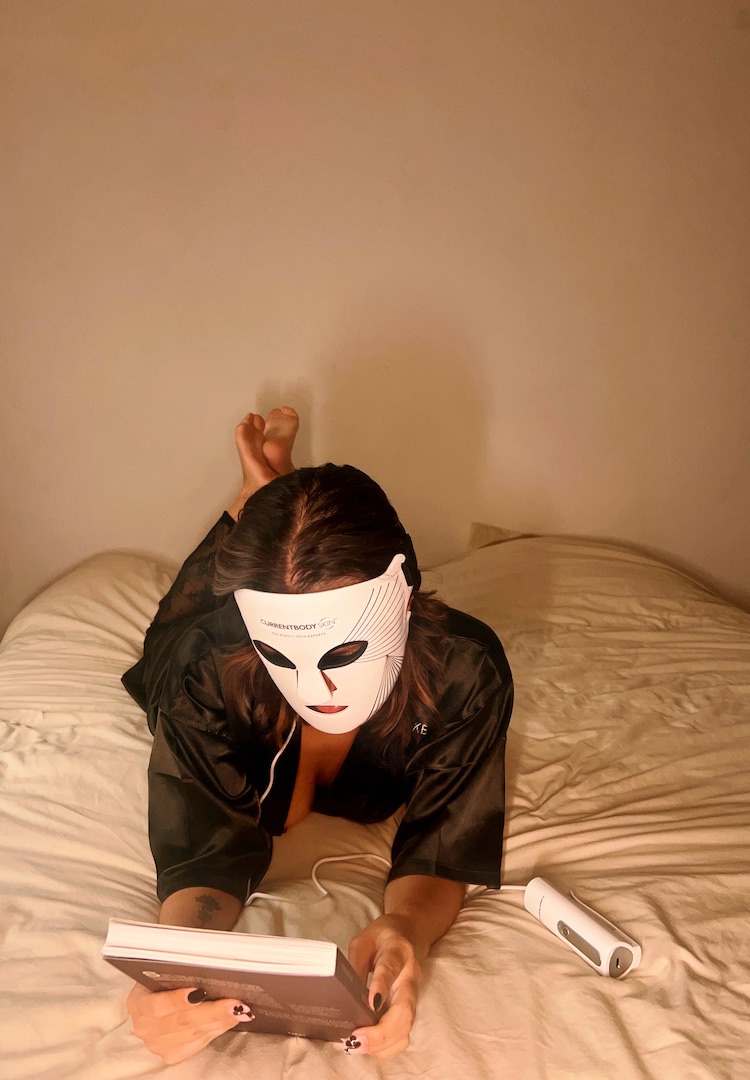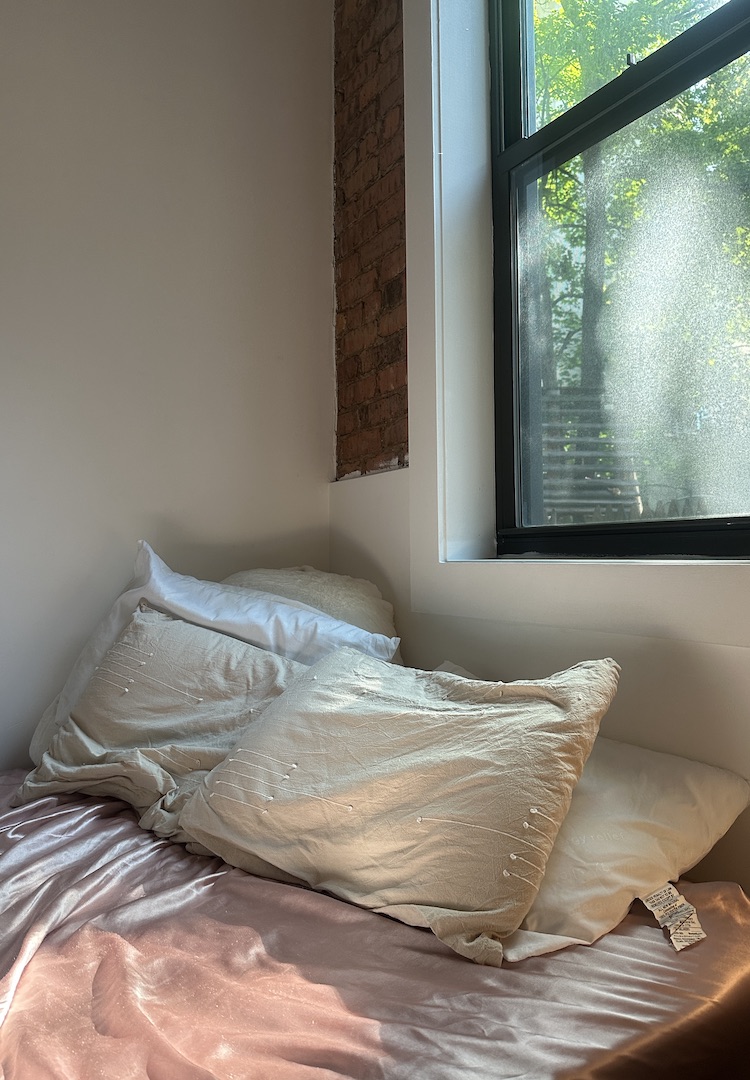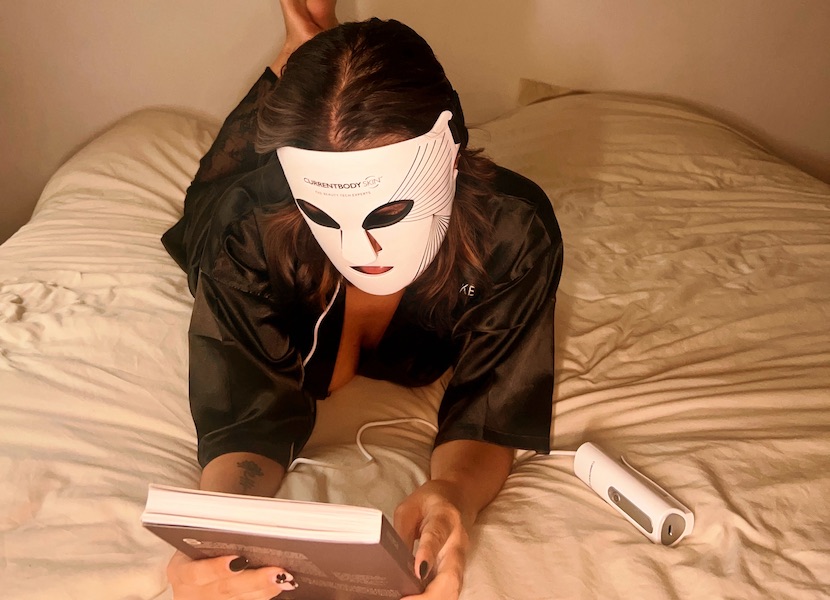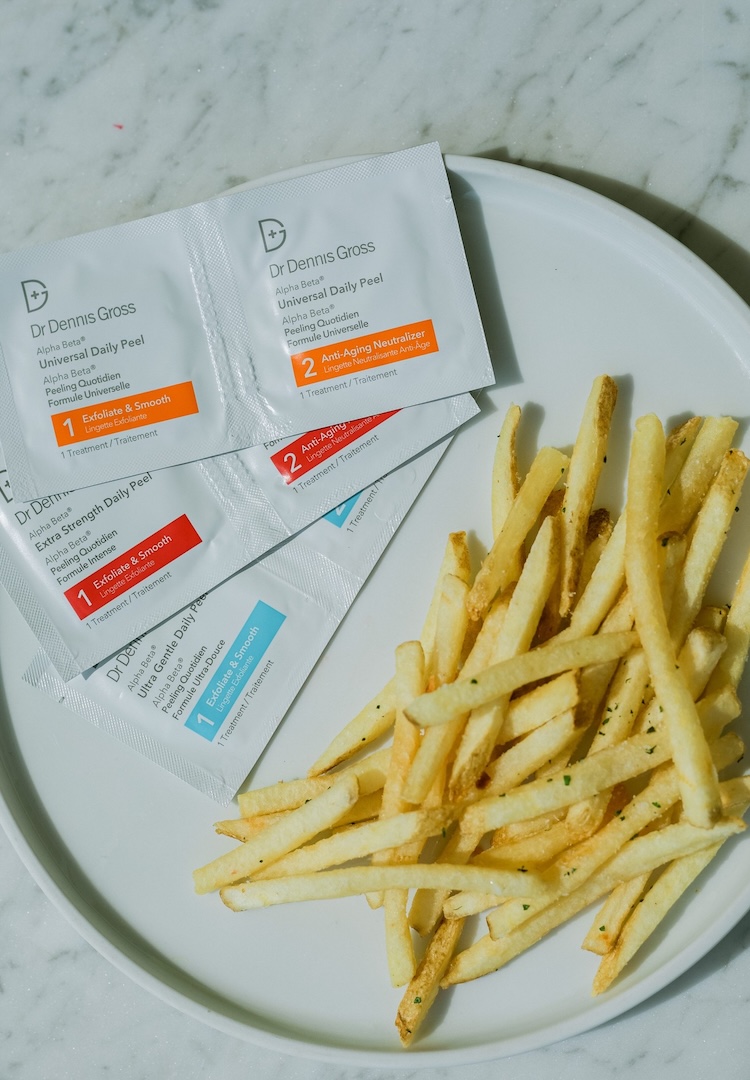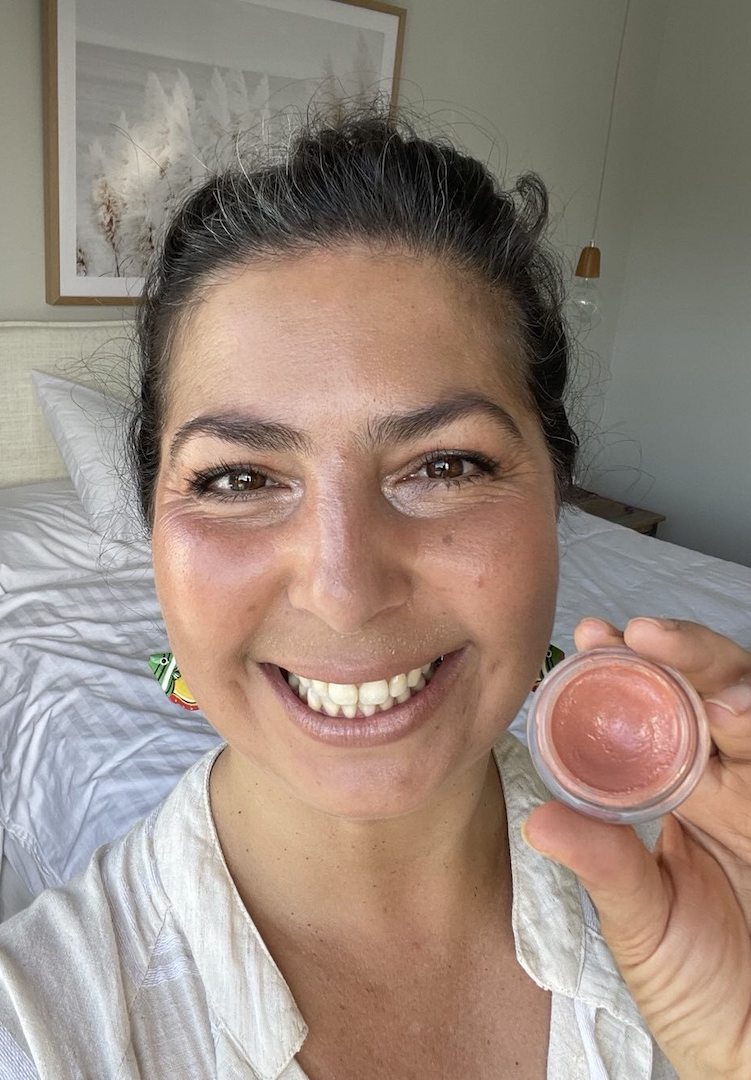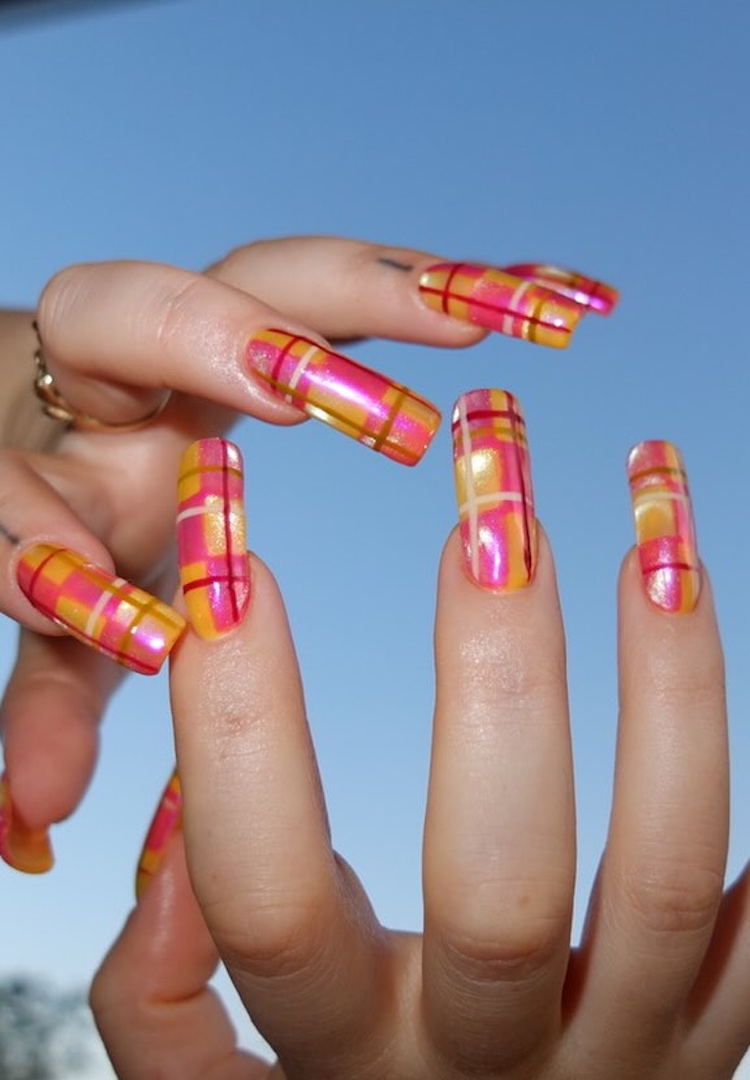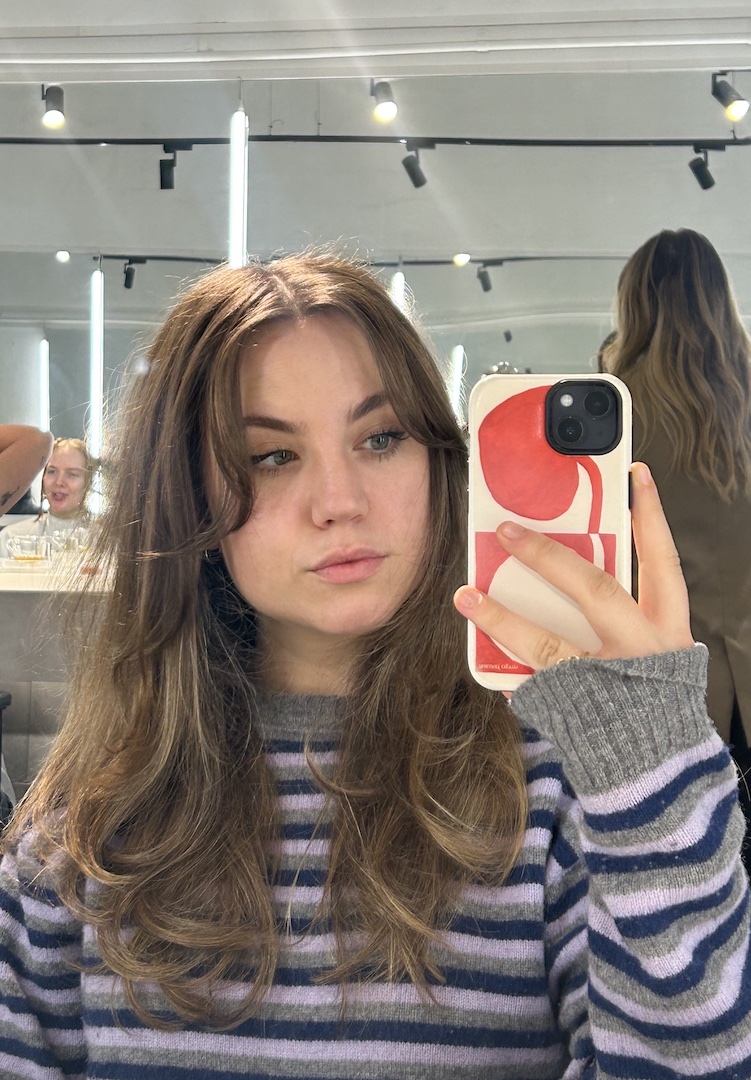The best-reviewed LED masks for your skincare goals
WORDS BY MARYEL SOUSA
What to choose to get your (high-wattage) glow on.
Over the past few years, we’ve been gradually dipping our toes into the world of skincare and beauty tech. IPL hair removal, radiofrequency facials, microcurrent devices – you name it, we’ve tested it. Among the mix of test subjects has been the LED face mask, a device the internet seems to have dubbed the saviour of acne-ridden and ageing skin. Results have varied.
If you’re anything like me, you’ve likely stumbled upon a jaw-dropping before-and-after from an enthusiastic LED mask user and googled something like ‘LED masks best reviewed reddit’ to try and see whether these results are legit or just guerrilla marketing.
We like nosy people. Don’t be shy, head to our Beauty section for more.
I’m a born sceptic, so when I first saw an LED mask in use, I had my doubts. First of all, I’d always been taught that light was bad for your skin (hence, why you’ll never find me with a tan in summertime). And even if it weren’t, what real benefit could a few little lights possibly offer?
Long story short, LED lights emit visible light, meaning they have longer wavelengths and lower energy than harmful UV rays (which are usually 10-400 nanometers long, for all you women in STEM). While exposure to UV light can lead to sunburn, premature ageing and even skin cancer, the light in LED masks is generally considered safe and can legitimately benefit your skin.
What you should look for in an at-home LED mask
The three types of light found in LED masks target specific skin concerns. Blue light helps tackle the bacteria that can cause breakouts. At around 425 nanometers long, it’s the most similar to UV light, so caution is advised, especially for users with darker skin tones.
Red light penetrates the skin to reduce signs of ageing. Unlike blue light, it won’t darken pigmentation, so it’s safe for all skin tones. Finally, we have infrared light, which goes deep into the skin to stimulate collagen production.
So, how much of a difference does the kind of light make? According to Melbourne-based facialist and skin expert, Sheridan Rollard, of Shine Skin and Body, not much.
“It’s not the colour of the light that matters most but the accuracy of the wavelength,” she explains. “Professional salon machines are calibrated to within three nanometers of the target wavelength, ensuring maximum efficacy. At-home masks may have a wider margin of error, meaning the results can be less predictable.”
However, Sheridan also says that the unpredictability of at-home LED masks doesn’t negate the benefits. It just heightens the importance of ensuring your LED mask delivers real results, not just a massive blow to your bank account.
What LED masks are the most effective?
There’s a direct correlation between the number of LEDs in a mask and its coverage and consistency. LED panels in professional salons can feature up to 1,500 lights, but Sheridan says that high-end at-home masks typically have fewer than a tenth of that, with 132 lights as the average.
One of our top recommendations is the CurrentBody Skin LED Red Light Therapy Face Mask, which has 236 LEDs that penetrate up to 10mm into the skin. Others, such as the Omnilux Clear or Omnilux Contour Face, and the Dr Dennis Gross DRx SpectraLite FaceWare Pro, feature 132 and 160 lights, respectively.
These at-home masks indeed deliver weaker outcomes than their professional counterparts, but with consistent use, Sheridan assures you can still get the results you’re looking for. With fewer LEDs, you’ll likely need to wear your mask for about ten minutes a day, three to five days a week, to see a significant reduction in fine lines and blemishes.
Power output, measured in watts, is just as important as the number of LEDs. It’s a fine line (no pun intended) – a mask must deliver sufficient energy to affect the skin without posing a safety risk. “At-home LED mask users should look for about 50 watts,” Sheridan says. “You don’t want it too high since your eyes are unprotected, but too low and it won’t do anything.”
She notes that regardless of the mask you choose, safety is non-negotiable. Your LED mask should have regulatory TGA approval to ensure it meets Australia’s strict safety and efficacy standards.
How to choose the best LED mask for your skin
Finally, you’ll want to match the mask to your concerns. For example, the Omnilux Clear mask uses blue and red light to clear acne and reduce scarring, but the Omnilux Contour Face focuses more on red and infrared light to promote younger-looking skin. And if you have a darker skin tone, remember that any mask with blue light could worsen hyperpigmentation.
There’s no one-size-fits-all approach to finding an LED mask that’s worth the money. As long as a mask has enough lights, the right power output and is approved by the TGA, the rest comes down to your personal needs and skincare goals.
For more on finding a high-quality, scientifically-backed LED mask, head here.

